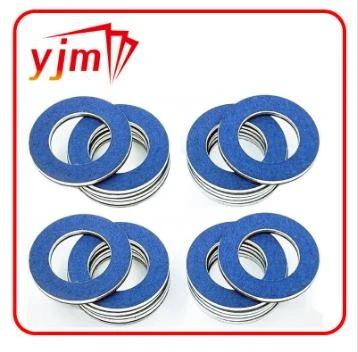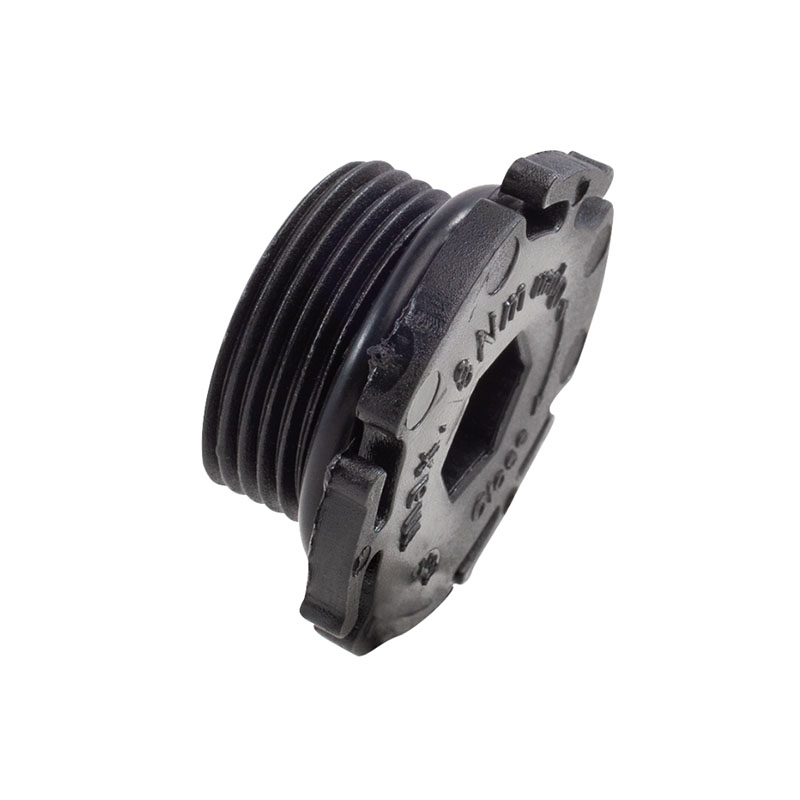Seal Ring 006 997 71 47


In practical application, beyond selection, proper installation and maintenance are equally important to ensure the longevity and function of heat resistant O-rings. Improper installation can lead to swift deterioration or failure, especially under thermal stress. Ensuring that installation tools and techniques are up to standard is fundamental. Routine inspections and maintenance play a pivotal role in foreseeing and preempting unnecessary operational shutdowns, enhancing trust in their continued performance. The authoritativeness of expert suppliers cannot be overlooked. Choosing a manufacturer or supplier with a proven track record in heat resistant O-rings ensures reliable advice, quality, and often innovative solutions. Suppliers with extensive experience in specialized fields tend to have in-depth knowledge of specific industry challenges and opportunities, allowing for a more tailored approach to problem solving. For industries ranging from automotive to aerospace, the trusted application of heat resistant O-rings comes from a combination of targeted education, reliable supply sources, and a clear understanding of application-specific challenges. This confidence is built on a foundation of proven expertise and experience, leading to enhanced performance and reliability under demanding circumstances. In conclusion, when choosing O-rings for high-temperature applications, understanding the material science, application requirements, and supplier reliability is crucial. As technology evolves, new materials and composite technologies promise even greater heat resistance, efficiency, and durability. By staying informed and partnering with reputable suppliers, businesses can enhance system integrity, operational efficiency, and above all, safety, while navigating the complexities of high-temperature sealing solutions.
-
Simplifying Oil Changes: A Comprehensive Guide to Oil Drain Plugs and Their Variants
News Aug.04,2025
-
Mastering Oil Drain Maintenance: Solutions for Stripped, Worn, and Upgraded Oil Plugs
News Aug.04,2025
-
Fixing Oil Pan Plug Issues: Leaks, Stripped Nuts, and the Right Replacement Solutions
News Aug.04,2025
-
Everything You Need to Know About Oil Drain Plugs: Sizes, Fixes, and Upgrades
News Aug.04,2025
-
Choosing the Right Oil Drain Plug: A Guide to Sizes, Materials, and Drain Innovations
News Aug.04,2025
-
A Complete Guide to Automotive Drain Plugs: Types, Problems, and Innovative Solutions
News Aug.04,2025
-
The Ultimate Guide to Car Repair Kits: Tools and Essentials Every Driver Should Own
News Aug.01,2025
Products categories















